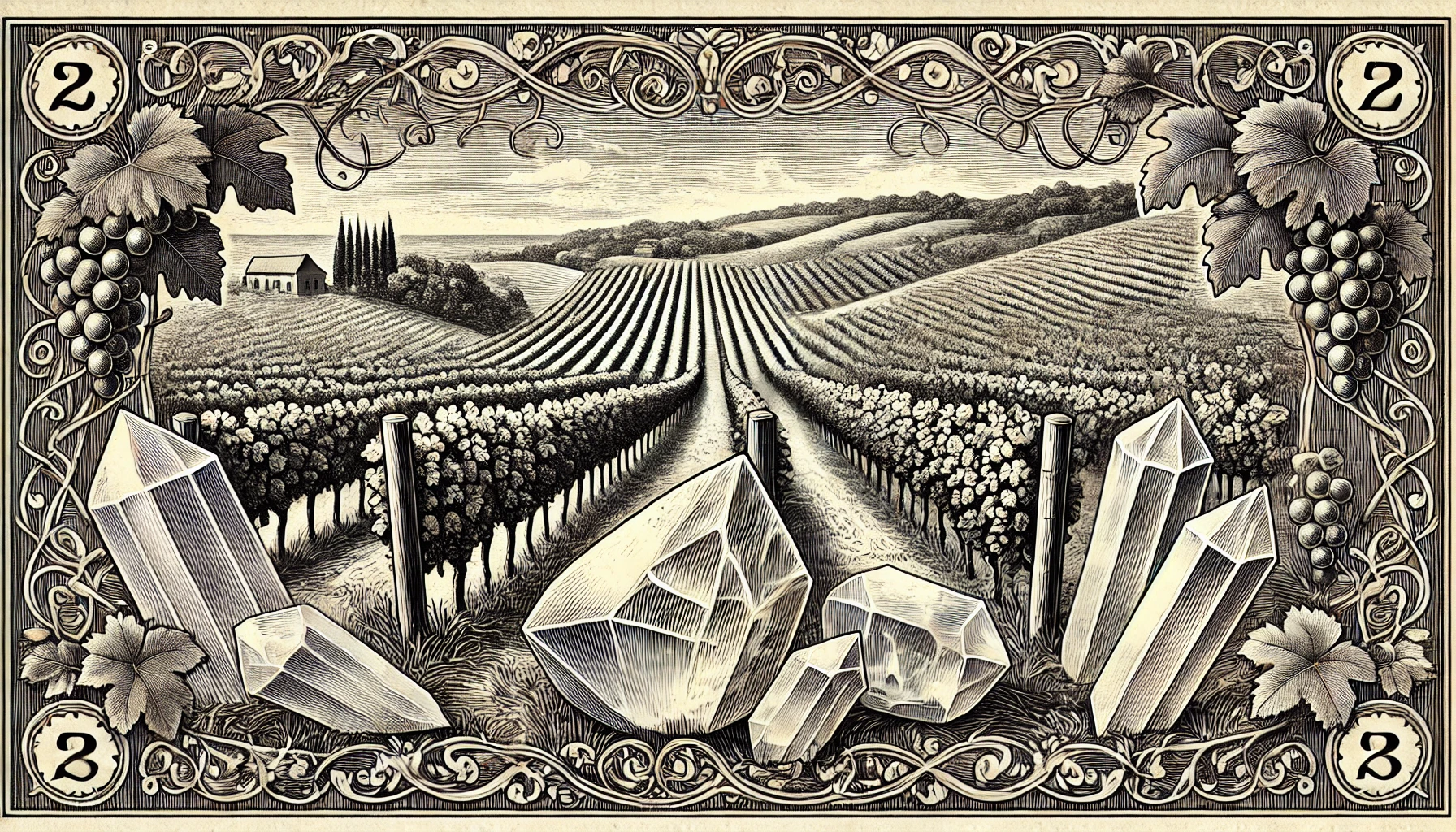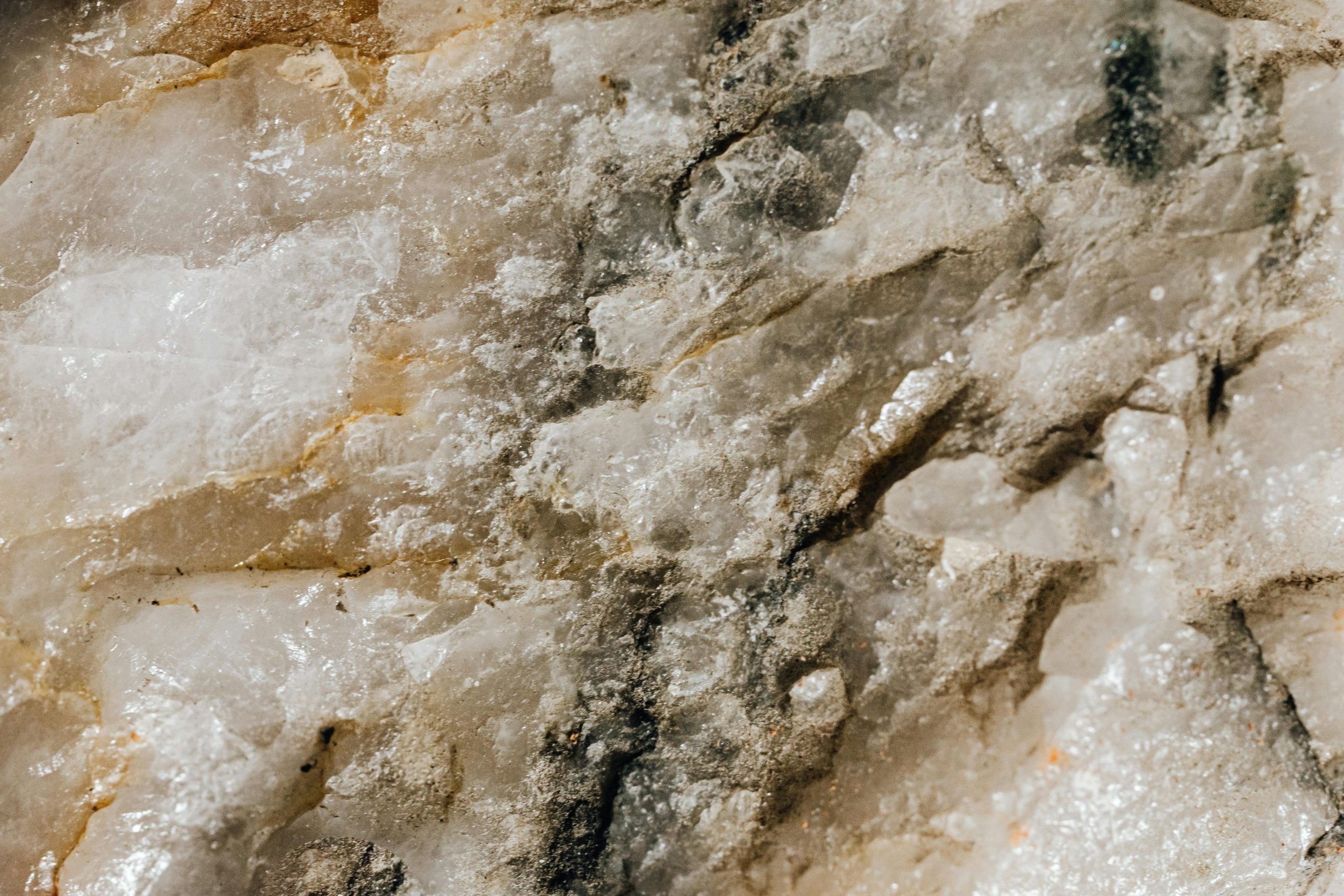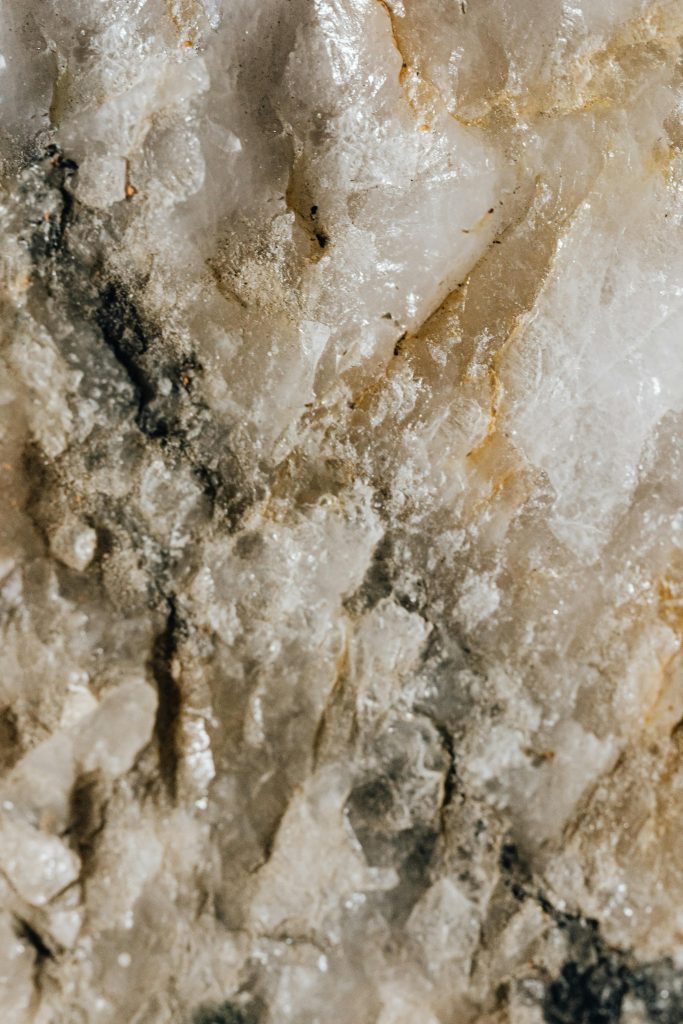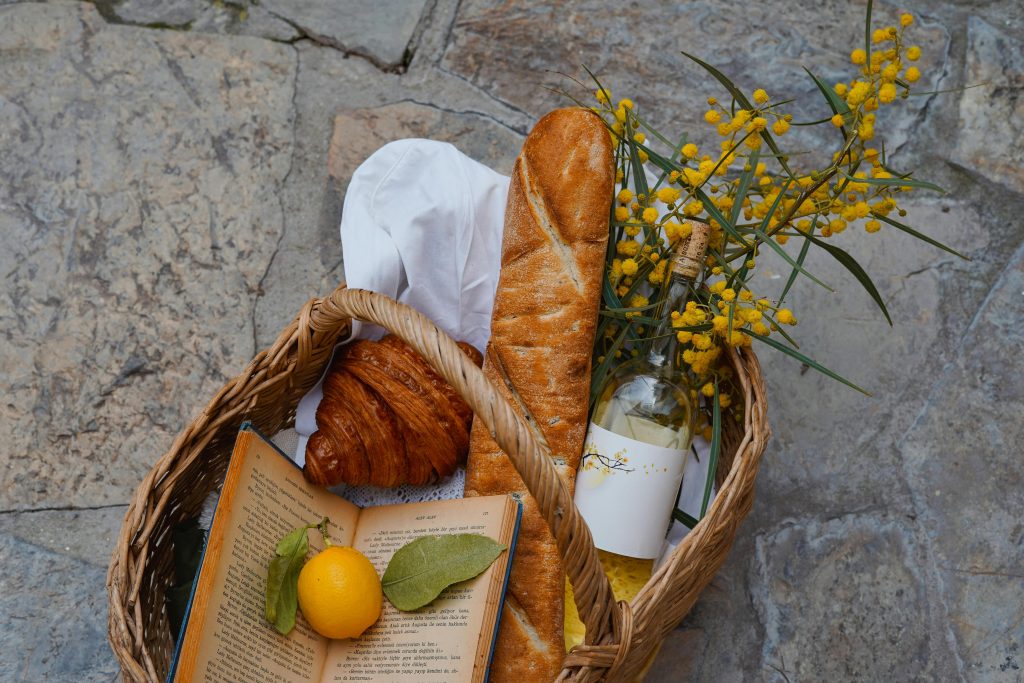
Quartz wine refers to wines produced from vineyards with soils rich in quartz, a crystalline mineral composed of silicon and oxygen (SiO₂). While not a formal wine classification, the term is commonly used in wine marketing and educational contexts to highlight the influence of quartz-heavy terroirs on wine character. Quartz-rich soils are prized in several viticultural regions for their contribution to wine texture, minerality, and precision.
Geological Background
Quartz is one of the most abundant and durable minerals in the Earth’s crust. It forms in a variety of rock types, including granite, schist, and quartzite. In viticulture, quartz often appears as loose crystals or embedded within parent rocks that weather into the vineyard soils over time. Its physical and chemical stability allows it to persist in soils for millennia.
Quartz-rich soils are typically well-drained and often coexist with sand, gravel, or decomposed granite. These soils promote deep root penetration and moderate vine vigor, which are desirable conditions for high-quality wine grape production.
Influence on Viticulture and Wine
The presence of quartz in vineyard soils affects viticulture and winemaking in several ways:
- Heat reflection: Quartz reflects sunlight back onto the vines, contributing to more uniform grape ripening and extending the photosynthetic period.
- Drainage: These soils provide excellent drainage, reducing water retention and minimizing the risk of vine diseases linked to excess moisture.
- Mineral perception: Wines from quartz-rich soils are often described as having distinct mineral qualities, such as flint, wet stone, or saline notes.
- Acidity and structure: Such wines frequently show higher acidity and a structured mouthfeel, which are especially valued in white wines like Sauvignon Blanc and Riesling.
Some biodynamic winemakers also attribute metaphysical properties to quartz, using it in vineyard preparations to enhance vine vitality and energetic balance, although such practices are not scientifically verified.
Notable Examples
Several wineries across different continents have produced wines marketed under the “Quartz” label or highlighting quartz-influenced terroirs:
- Cantina Terlano Quarz Sauvignon Blanc (Alto Adige, Italy) – Produced from vineyards grown on quartz porphyry soils. Known for its bright acidity, herbal complexity, and longevity.
- Quartz Acorn Vineyard Pinot Noir (Oregon, USA) – This wine showcases the intensity and structure attributed to the quartz-strewn terrain of the Yamhill-Carlton AVA.
- Chénas ‘Quartz’ by Dominique Piron (Beaujolais, France) – Grown in the smallest Beaujolais cru, where quartz crystals dominate the topsoil, adding floral lift and mineral finesse to the Gamay grape.
- Green Quartz Sauvignon Blanc (Casablanca Valley, Chile) – A vibrant expression of Chilean Sauvignon Blanc that emphasizes crisp citrus and herbal notes enhanced by the mineral-rich soils.
Regional Distribution
Quartz-influenced vineyards can be found in various wine regions, including:
- Mosel and Nahe (Germany)
- Alto Adige (Italy)
- Yamhill-Carlton AVA (Oregon, USA)
- Casablanca Valley (Chile)
- Beaujolais (France)
These regions benefit from the geological presence of quartz due to volcanic, metamorphic, or sedimentary formations that contribute to diverse soil types.
Terminology: Quartz vs. Quarz
The word “quartz” is the standard English term, while “quarz” is the German spelling. Both refer to the same mineral. German-speaking wine regions such as Germany and Alto Adige in northern Italy commonly use the “Quarz” spelling on wine labels and promotional materials.
See Also
Curious about more wine terms and insights? Visit our Wine Wiki section and explore the basic wine terms for expert definitions and tips!
References
- “Quartz.” Encyclopædia Britannica. https://www.britannica.com/science/quartz
- The Little Cellar Wine Company. Quartz Wine: The Story of Soil, Structure, and Sip



